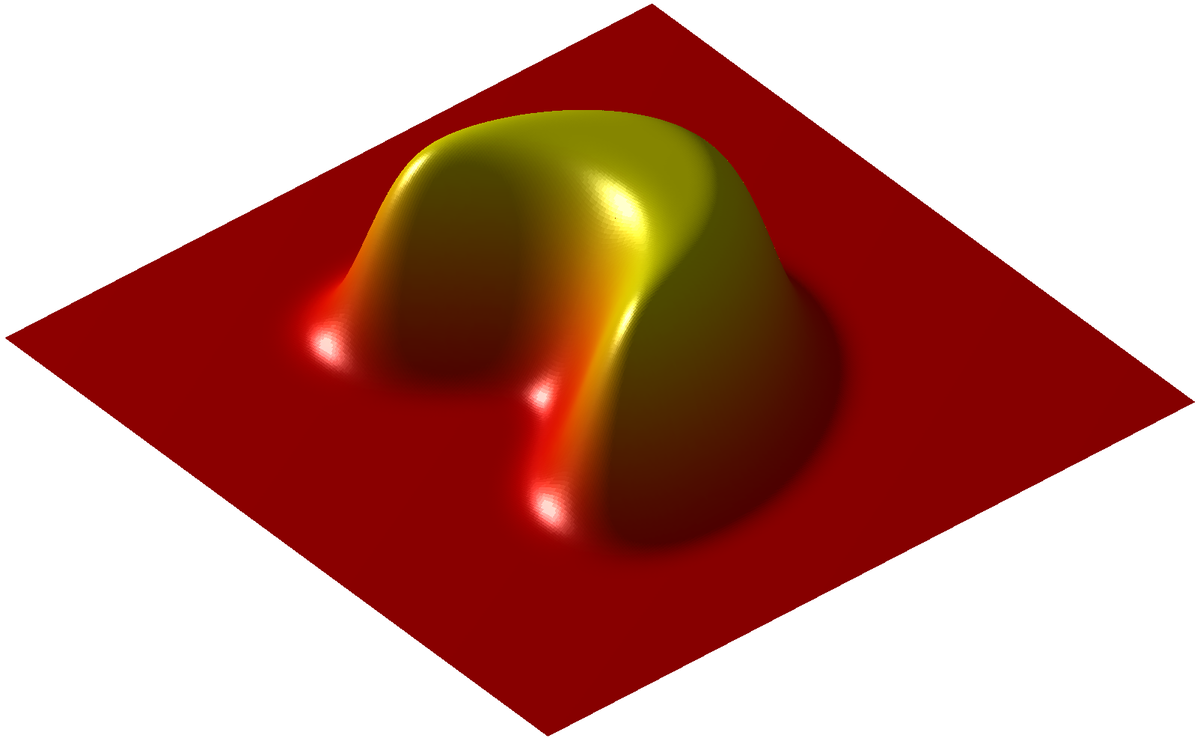Droning on and on...
Well-Known Member
What DJI has implemented is not "lazy programming" with regard to the use of a spline. It is the correct implementation of a Centripetal Catmull-Rom spline applied to waypoints in 3D space. What DJI could do is to provide some stats such as the minimum (and perhaps maximum) heights of the resulting flight path.
They don't. Hence the "lazy programming".
Provide a means to visualize the path in 3D. The libraries to do this already exist, so use them.
Also, when the ranging sensor detects a surface getting close, abort the mission. Also relatively small potatoes engineering since the basic functionality is already implemented as Landing Protection.
Making some vague statement in the manual and then allowing the product to take a swim is, simply, unacceptable. Especially when it's avoidable.
FYI all, you can play with Catmull-Rom splines here.
Last edited:













